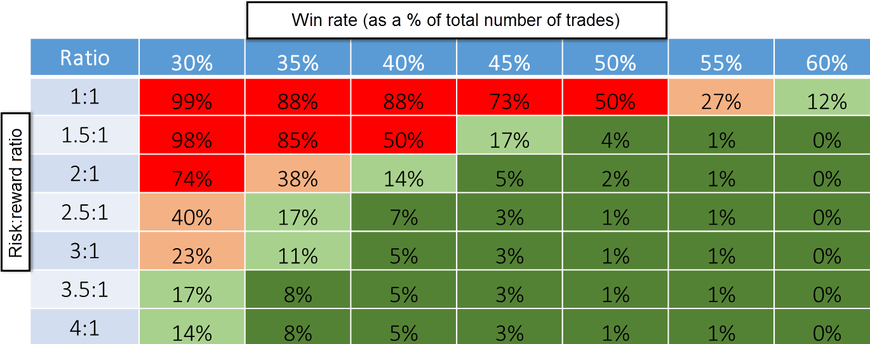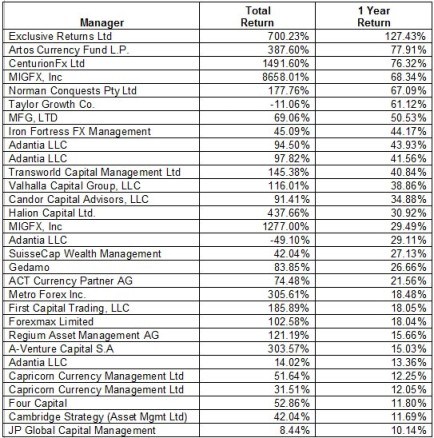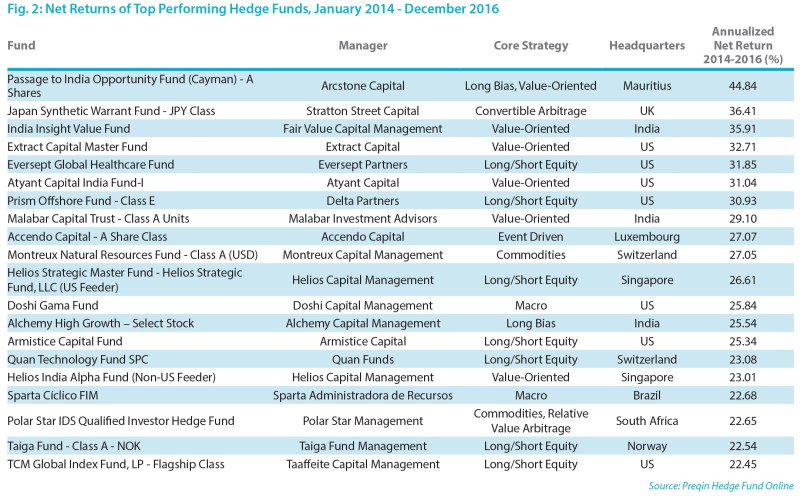“How much money can I make in Forex?” This is probably the first question a beginner makes, and it’s a completely valid question. Why invest my time and money into something, if I have no idea what the returns will be?
The truth is that Forex is an enormous market, with many interests behind. It’s usual to see brokers trying to “sell” the maximum they can as if it was like a gold mine, where you can get fast and easy results. In fact, beginners may have some trouble in finding viable resources. It’s easy to fall in the many traps in this business, and develop incorrect expectations since the start.
Returns and Risk is the Key
The returns you make, vs the risk you take, is really the key point. Even though it’s possible to have a 1000% return in one year, that would mean incurring in a lot of risks. To have this kind of returns, a trader would need to risk almost all of his account into one single trade. The problem of this way of trading is that it would be very difficult to survive over the long-run.
In the table below we present the bankruptcy probability or risk of ruin. On the top row it’s the win-rate and in the left column the risk/reward ratio per trade. As you can see, the key to winning in this game is to have a higher risk reward ratio. This will assure that, even if you have a low winning ratio, you won’t go broke in the long run.

Bankruptcy Probability
So, for instance, a trader with a win-rate of 30% and a risk/reward of 1:1 has absolutely no chance of succeeding for long. However, if we keep this same win-rate but increase the risk/reward ratio to 3:1, the probability of bankruptcy drastically drops to 27%. Of course, the risk of going bankrupt decreases with an increase in the win-rate and in the risk/reward rate.
Given that the win-rate of an average trader is somewhere around 50%, a risk reward ratio of around 1.5 is sufficient to almost eliminate the risk of ruin. However, the best is to always aim for the best risk/reward ratio, to keep the odds on your side.
How Much Do The “Big Guys” Make?
To get a sense of what you should expect is to know how much the best in this industry make. The list presented below shows the annual return as from 2014 of top performing Forex Hedge Funds.

Top performing Forex Hedge Funds returns in 2014
And how does Forex compare to other markets? The next image shows equities, commodities and other markets hedge funds returns between 2014 and 2016:

Hedge Funds Returns 2014-2016
Some claim that it’s easier to make money trading Forex because of high leverage, which allows to take more out of a movement. But as you can see, the annual returns between top hedge funds are similar between different markets. This goes to show that it’s all about return vs risk: while leverage offers more potential return, it increases the risk in the same proportion, which makes it a meaningless factor to judge the results.
How much should you expect?
A realistic return for a solo trader is around 20-40%/year, on average. A trader can sometimes get 100%+ or more in a given year, but unless you are a full-time trading expert, you shouldn’t expect to get this type of returns on average. And if you think about it for a moment, even if you start with a small amount, with a 20-40% return per year, you can build a small fortune after a few years. This is because of the compounding effect.
The image below shows, using this calculator, how you can easily simulate how much will your account grow in the future.
For example, starting with $5000, and with a 40% return per year, your account will be worth $35.000 in 5 years, for a total return of 700%.

Now let’s assume that you even start with a more modest bankroll, such as $500, and you add $200 each month, with a 30% annual return. After 5 years, your account would be $30.000. Add more years and more money into the equation, and you can see how the compounding effect makes good traders become rich, even without having absurd yearly returns.
Taking a Look at a Scenario
Now that you know how much is possible to get, on average, let’s take a look at a simple example.
Assume a scenario in which a trader has a $1,000 account and an average win-rate of 50%. An acceptable risk per trade is usually between 2-5% of your account in one trade. In this case, this trader would risk a maximum of $30 per trade. A 1.2:1 risk/reward ratio means the trader would place the target price at 1.2x the distance from the entry price of the stop-loss. If the stop-loss is placed 5 pips below the entry price, the target price has to be placed 6 pips above the entry price. This assures winners will be bigger than losers since the reward on each trade is 1.2 times greater than the risk.
With a limit of 2% per trade, this trader will only risk a maximum of $20 per trade. This means he will lose $20 each time prices hit the Stop-Loss. On the other hand, he wins $24 if prices hit the Take-Profit.
If this trader does 30 trades per month, this means 15 winning trades and 15 losing trades:
15*$24=$360
15*($20)=-$300
Without commissions, growth profit would be $60 per month.
This is a 6% rate in a month, which can be considered very good. If we take into account compounding, a 6% rate per month means a 100% return per year. Of course, this is not a completely realistic return, as this example didn’t take into spreads and variability in each trade’s outcome. However, it gives an idea of the importance of having a higher risk/reward ratio. By doing this, any trader can aspire to have an expected return of 2-3 digits per year.
What Does It Take To Get Good Results In Forex Trading?
We’ve seen already how much is on the line if you have a good strategy. But what do you need to be successful in this game and achieve higher results? We consider these 4 points to be fundamental:
- Good market knowledge: It is essential to know how prices and volumes work, as well as which are the different players and what relations exist between markets. This will allow you to always be conscious of everything that’s happening around you and make you open the right positions.
- Have a probabilistic mindset: Trading is an unknown activity when it comes to the future. You can have several months with bad results but that doesn’t mean your strategy is failing. You need to keep developing your strategy to achieve better results in the future.
- Don’t think of trading like gambling: Forex is a business like any other. If you make good investments, you should expect a good return. If your attitude towards trading is to gamble like in a casino, the chances are, that you’ll end up blowing up your account.
- Consistency: Once you develop a good strategy, take advantage of it to be consistent with your results. A good strategy enables to achieve consistent returns over time.
The Bottom Line
Wrong expectations about returns usually lead to taking a lot of risks, which translates into a higher probability of losing the whole account. All traders, especially beginners, should be aware of how much they can get and what are their limitations. A trader who claims to have returns of 300%+/year on a consistent basis by trading Forex can only be a genius or a liar, and there are very few geniuses. The very best traders who are able to have outstanding returns for a long period of time usually have returns that don’t even match 100% per year.
The final takeaway is on the importance of establishing a strategy with a higher risk/reward ratio. A higher ratio allows you to lose more trades than you win and still earn money. This will give you an advantage over time.
